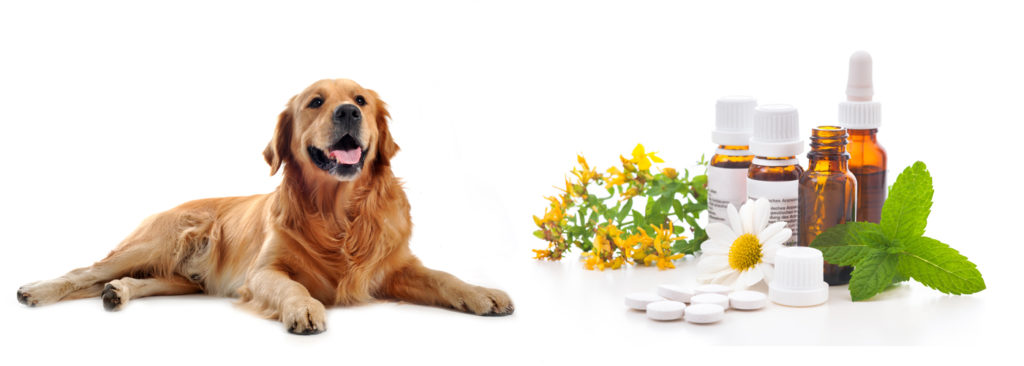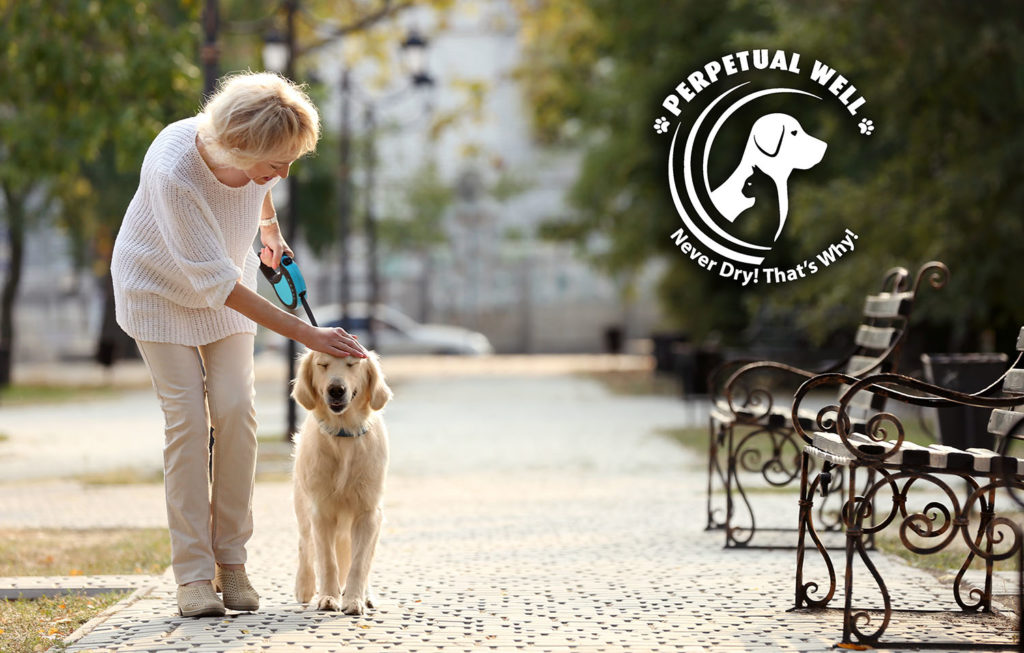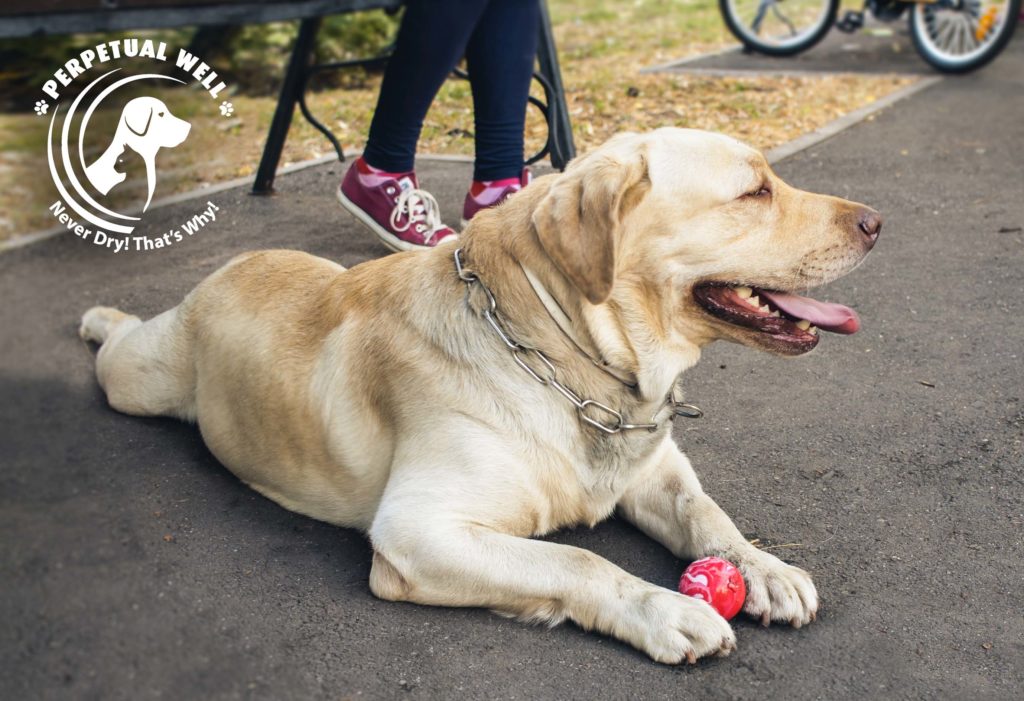In a society where many people take vitamin and other supplements, it’s no surprise that people choose to give them to their dogs, too. Just as with humans, these supplements can be very helpful to dogs. Likewise, they are sometimes unnecessary and can even be dangerous if given too often. So what is the discerning dog owner to do? Let’s take a closer look at canine supplements.
Types of Supplements
A wide variety of supplements are available on the market today. Some of the more popular kinds include multivitamins, hip and joint health supplements, and digestive support supplements – and these are the tip of the iceberg. A dog owner might see dozens of kinds at the pet store and even more online. With so many choices, it’s easy to feel overwhelmed. Here’s an examination of the two types that are most likely for pet owners to encounter.
Multivitamins
Multivitamins for dogs are like multivitamins for humans. They contain vitamins, minerals, and other essential nutrients. From the outset, that sounds like a good thing. But it’s important to remember that there can absolutely be too much of a good thing – especially vitamins. Most dogs already eat a complete and balanced dog food which contains all the vitamins and minerals they need. Although some vitamins won’t harm a dog in excess, others could cause problems.
It may be necessary to feed vitamins to your dog if it is on a limited diet or has a digestive problem. However, this should be done on the advice of a veterinarian. When it comes to vitamins and minerals, it’s always better to be safe than sorry.
Supplements
Supplements are a concentrated dose of ingredients designed to help with specific aspects of a dog’s health. For example, there might be a supplement for healthy skin and coat, or one for joint pain. Are these types of supplements alright to give to a dog?
Opinions among veterinarians are mixed. Some veterinarians find that some of these supplements can certainly be helpful to a dog. Others find them to be of limited effectiveness. Unfortunately, this is an area where science hasn’t done a lot of testing yet, which is why opinions on supplements can be so up in the air.
Still, many dog owners swear by their favorite supplements. When it comes to selecting a supplement for your dog, the two best things to do are to talk to a veterinarian for their recommendation and do plenty of research on your own. Read reviews and carefully follow any instructions on the container to avoid an accidental overdose.
Human Supplements
It’s best to avoid giving vitamins and supplements made for humans to a dog. The nutritional requirements for humans and dogs are different, and some ingredients in human supplements can be dangerous to dogs. There are some human supplements that are alright to give to a dog, but always be sure to check with a qualified veterinarian before doing so.
Plenty of water
Make sure your dog is well hydrated while taking supplements. Using a Perpetual Well automatic dog waterer your pet will love being able to always find a reliable source of clean drinking water, allowing them to properly hydrate themselves whenever they need.
Vitamins and supplements can certainly be helpful to many dogs, but they might also be unnecessary. Remember, when it comes to the health of an animal companion, it’s best to err on the side of caution. Always talk to a veterinarian before starting an animal on a new supplement or multivitamin. Together with your vet, you can help your dog be as healthy and happy as it can be.




